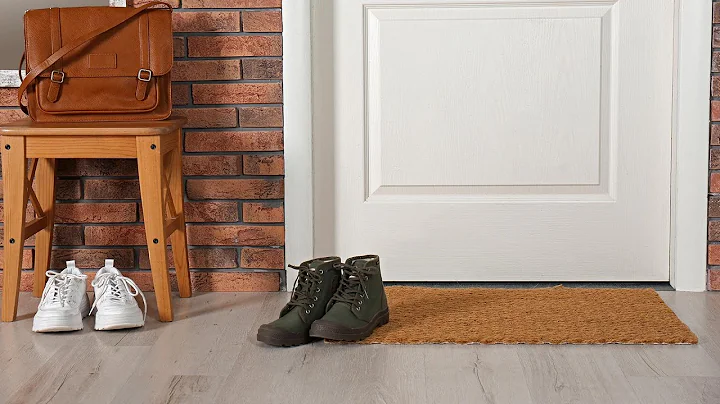It might seem odd to wear shoes indoors if you’re not from the US. However, Americans and Canadians often wear shoes inside. This is typical among white people. But why do they do it? Are there benefits? In this article, we’ll explore these questions.
Wearing shoes indoors is common in the US and Canada, particularly among white people. Many households have a “no shoes” policy, but this is not universal. Wearing shoes inside can be seen as a matter of personal preference or cultural norms.
So, are there any specific reasons why people in the US and Canada wear shoes indoors?
Is It Common To Wear Shoes In The House?
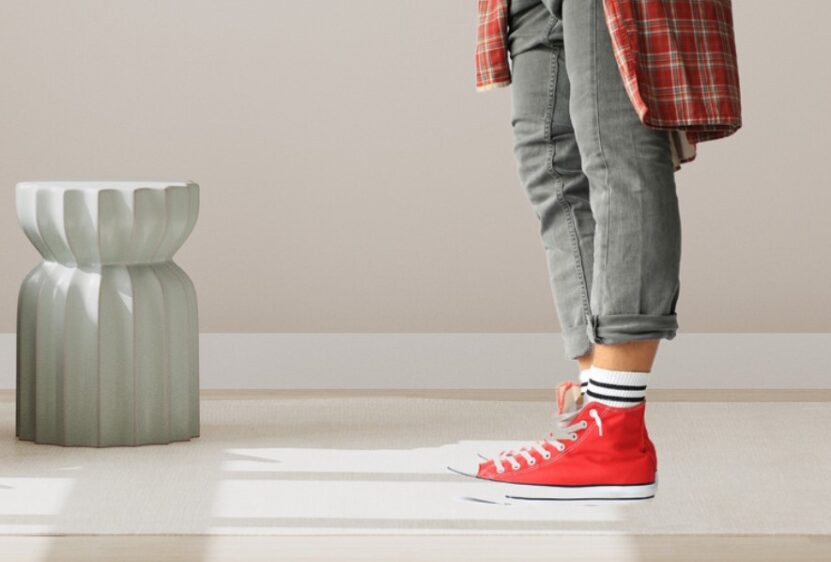
For cultural and other reasons, Asian people do not need to wear shoes inside. They always take their shoes off before going inside the house because they believe that shoes should only be worn outside. Nearly every Asian nation, including Vietnam, China, Japan, Korea, etc., engages in this practice.
In some nations, homes are considered hallowed places where people can engage in private rituals, worship, and other activities. As a result, it’s crucial to maintain a nice and clean home. Shoes are not appropriate indoors and are seen as an insult.
5 Reasons Why They Do It
There are various reasons to explain this action – partly because of tradition. But there are also many other reasons from different aspects. Let’s go through a list of 5 common reasons why they wear shoes indoors.
Cultural and traditional aspects
We humans basically naturally follow traditions. We would behave similarly if we had been born in a nation where everyone wore shoes inside the home. Because of this, whether you live in Europe or the US, you won’t disregard this behavior. In these nations, culture is still in the process of development.
When and how white people began wearing shoes indoors is not proven. However, it is estimated that the period of time dates back at least a few centuries. According to research, this practice began in medieval Europe as a means of warding off diseases like the plague. It was eventually incorporated into their culture over time and is still carried out now.
Britain is where this tradition is maintained the most. The Brits have mats in front of the house so they and the guest can wipe off the mud and dust before entering the house. Some experts believe psychology also explains that the Brits don’t want to expose their feet to the public gaze. Taking off the shoes can also lead to unpleasant smells.
However, in the modern days, many people have adjusted to wearing slippers in the house instead of the shoes they already wear outside. Therefore, in the US and Canada, asking guests to take off their shoes is uncommon. So they often offer indoor shoes such as slippers or flip-flops for the guests to change into before entering the house.
Protect the feet from slips and cold
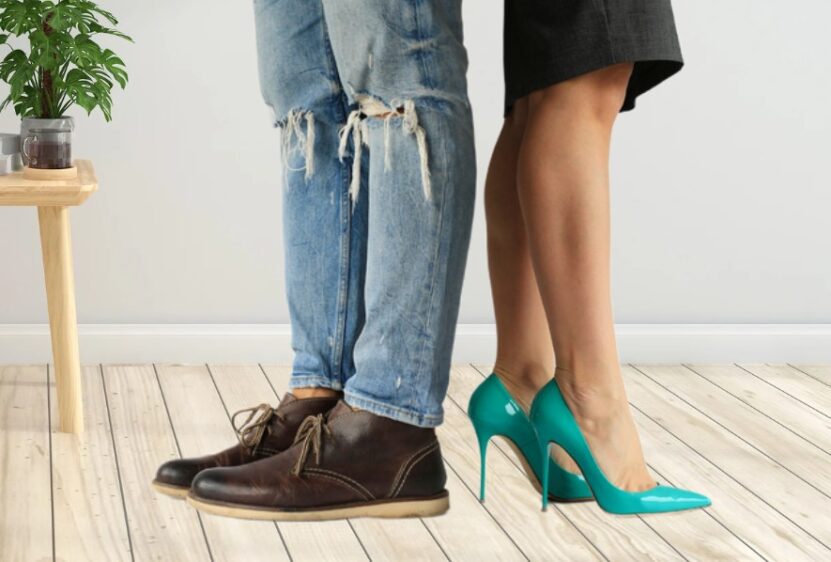
Whatever materials the floor is made of, it can be slippery for some. If you have elderly living with you, it is necessary to let them wear shoes indoors all the time to prevent slippery and potential injuries. Wearing slippers or sandals indoors is a good idea.
According to a well-known study in the Science Daily named “Going barefoot in the home may contribute to elderly falls” 52% of older people fall on the slippery floor barefoot. With shoes, the possibility is decreased to 20% and lower.
If your floor is brick, it could get chilly in the winter. As a result, wearing shoes indoors can stop the feet’s temperature from altering. In order to protect their feet from the chilly floor, many white people prefer to wear shoes inside in the west.
Prevents infection
Additionally, by wearing shoes indoors, they shield their feet from insects like termites and ants. They will be more at ease moving about the house and, in the meanwhile, removing clutter and dust.
In many nations, people refrain from wearing outside footwear indoors to prevent the spread of disease. More than nine different types of bacteria have been identified under the bottoms of shoes, according to a University of Arizona study. More than 440,000 units of bacteria that can cause E. Coli can be found in a brand-new pair of sneakers after just two weeks of wear. Up to 90% of the time, these germs have a chance of spreading to the tiles and floor.
Wearing shoes in the house supports our feet
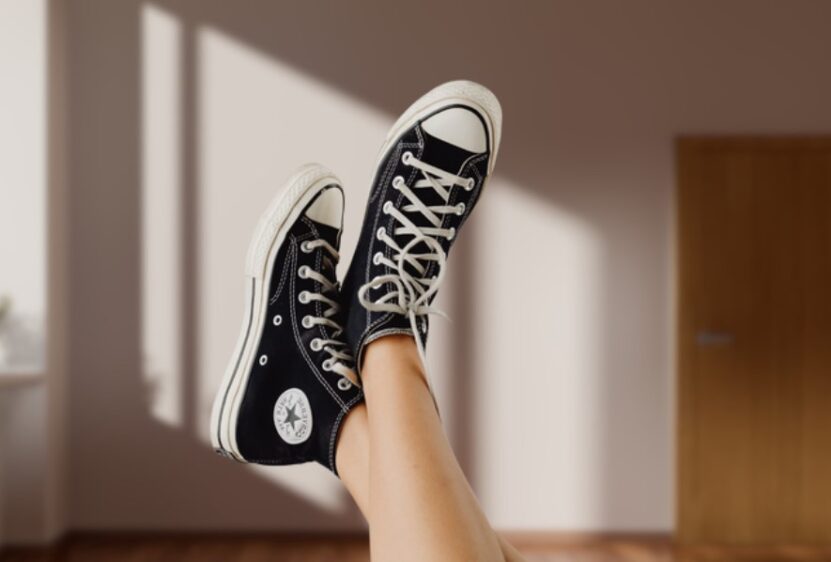
Each person has a unique foot structure. Soft surfaces like sand, mud, and grass were designed for human feet, which are inherently compatible with their contours. On the other hand, the house floor is hard and flat, making it unsuitable for prolonged barefoot interior walking.
Given that walking barefoot can cause structural injuries in those with high arches, many doctors and specialists advise wearing shoes indoors to preserve our feet. Due to the amount of stress placed on the foot and the rest of the body when walking barefoot on hard surfaces for an extended period of time, it is also not good for our bodies.
These people should wear shoes not just comfy slippers because they cannot protect the foot conditions, they are made only for shock absorption.
For cushioning and comfort
White people wear shoes within the home for five main reasons, including increased comfort and occasionally positive feelings.
Psychologists have shown that wearing the appropriate footwear indoors makes people feel good about themselves. They experience a mental shift that makes them feel more at ease and warm when they change from their outside shoes to indoor shoes.
Wearing shoes indoors also boosts their sense of security and comfort, which is a beneficial self-care technique. After a long day at work, you’ll feel better about treating yourself if you put on comfortable shoes. To avoid the feet becoming sweaty, they frequently use breathable fabric. Infection results from bacterial and fungal growth that occurs when shoes become damp.
The only problem with wearing shoes indoors is that people frequently change their shoes or slippers to avoid odors. Since they are useful for walking on hard surfaces to reduce impacts, cushioned shoes are frequently advised.
FAQ
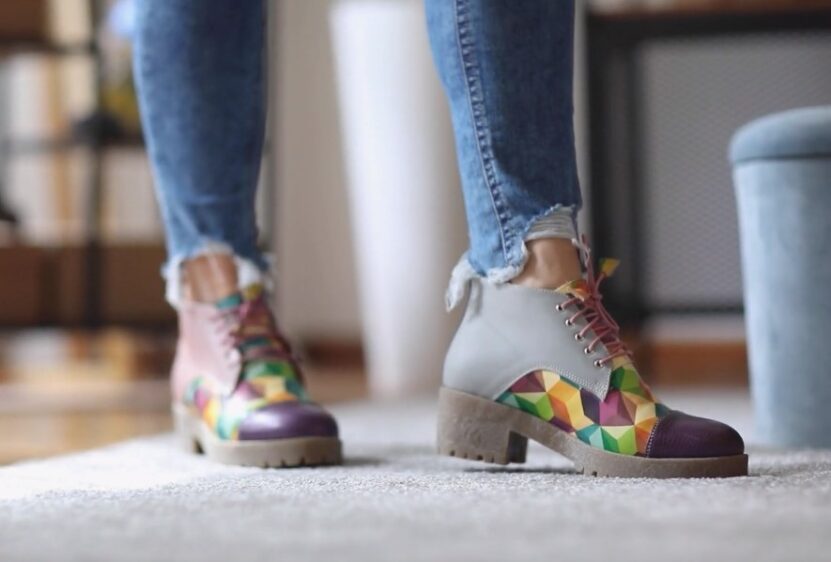
Are there any downsides to wearing shoes indoors?
Wearing shoes indoors can lead to the spread of bacteria and dirt from outside. In fact, according to a University of Arizona study, more than nine different types of bacteria can be found on the bottoms of shoes. Additionally, wearing shoes indoors can sometimes lead to unpleasant smells, so it’s important to keep shoes clean and dry.
Can wearing shoes indoors lead to foot injuries?
Wearing shoes indoors can actually help prevent foot injuries or accidents, particularly in households with children or pets. In addition, walking barefoot on hard surfaces for an extended period of time can cause structural injuries in those with high arches, so wearing shoes indoors can help preserve foot health.
Should I ask guests to remove their shoes when entering my home?
It’s up to you and your personal preference. If you want to keep your home cleaner and free of outside contaminants, you may want to consider asking guests to remove their shoes. However, some guests may feel uncomfortable doing so, so it’s important to communicate your expectations clearly.
What types of shoes are best for wearing indoors?
Shoes with cushioning are often recommended for walking on hard indoor surfaces to reduce impact. Comfy slippers made of breathable fabric can also be a good option for added comfort. However, it’s important to choose shoes that are appropriate for your foot structure and provide adequate support.
Conclusion
In conclusion, the practice of wearing shoes indoors is common in the US and Canada, particularly among white people. While there are various reasons for this, including practicality and cultural norms, it’s important to consider foot health and cleanliness. Wearing cushioned shoes or slippers indoors can help protect the feet and reduce the spread of bacteria and dirt from outside. Ultimately, whether or not to wear shoes indoors is a matter of personal preference and cultural norms.

